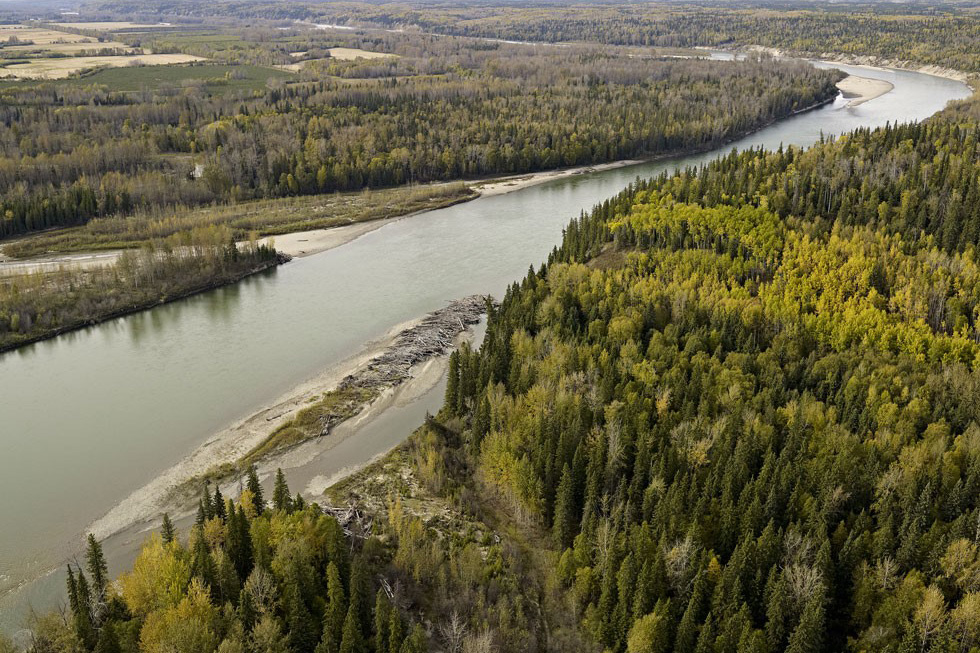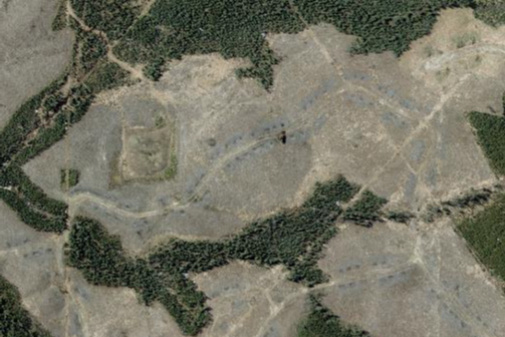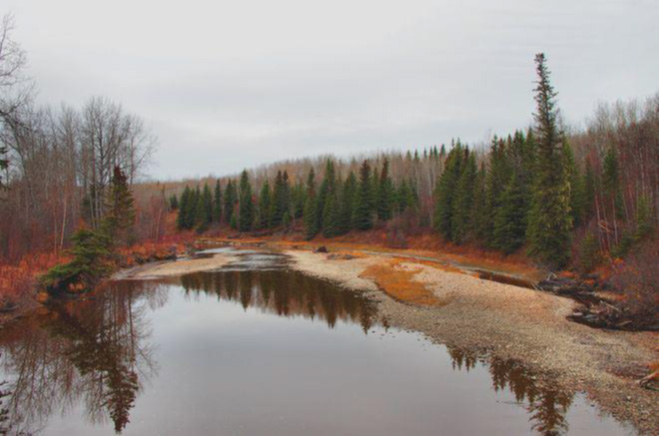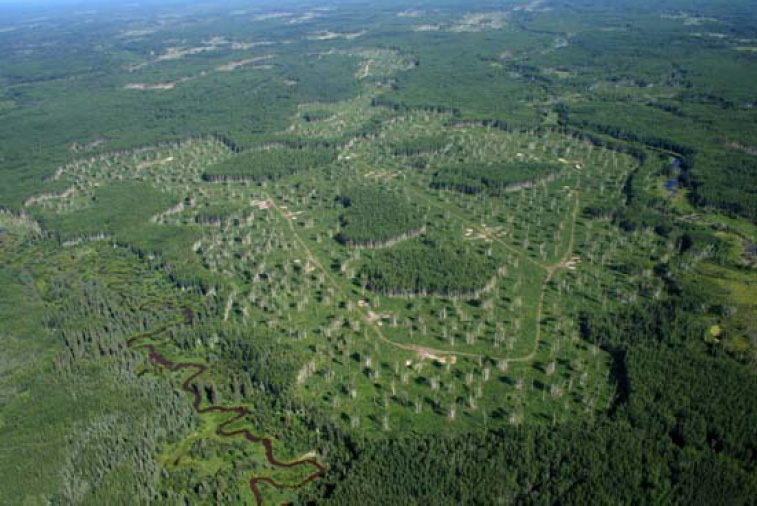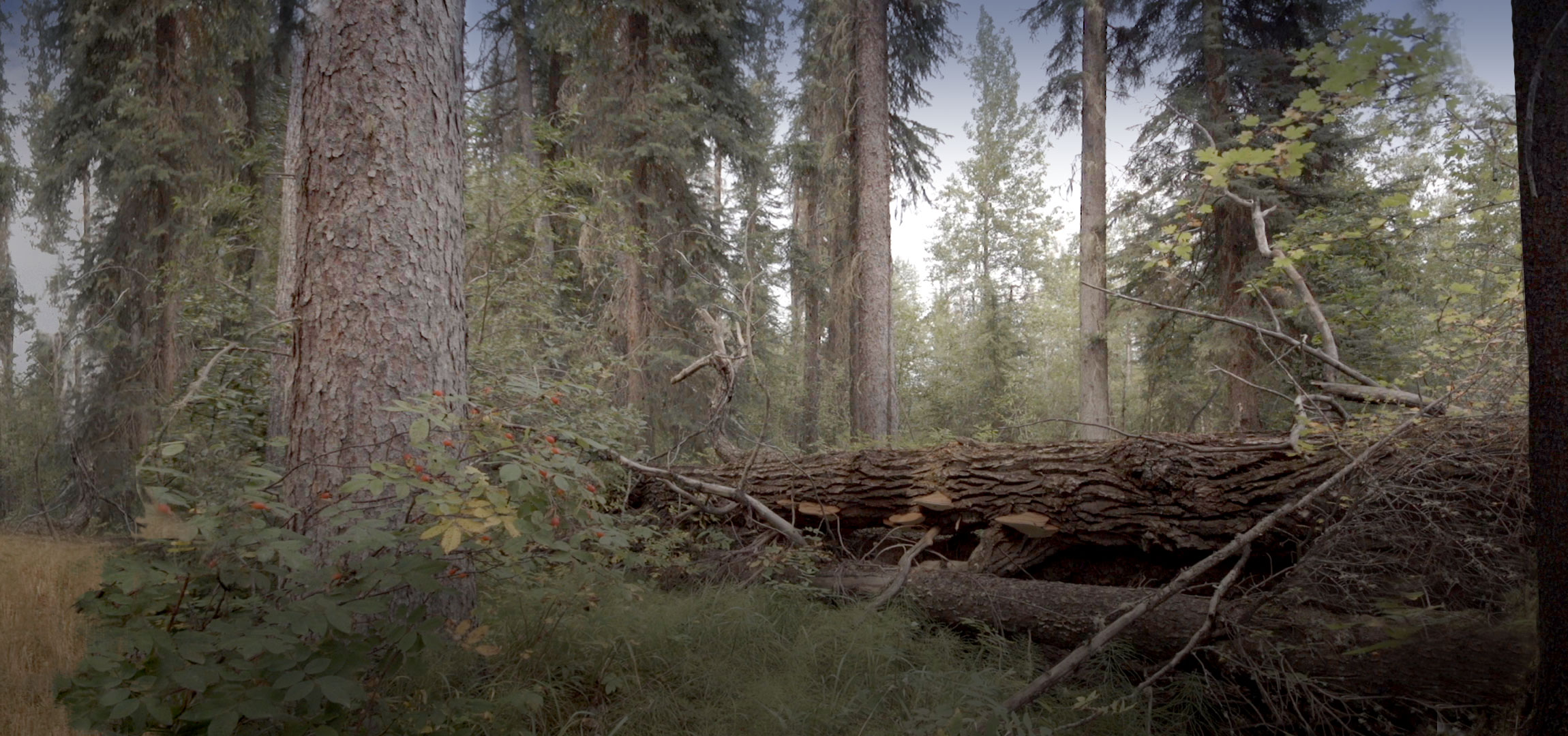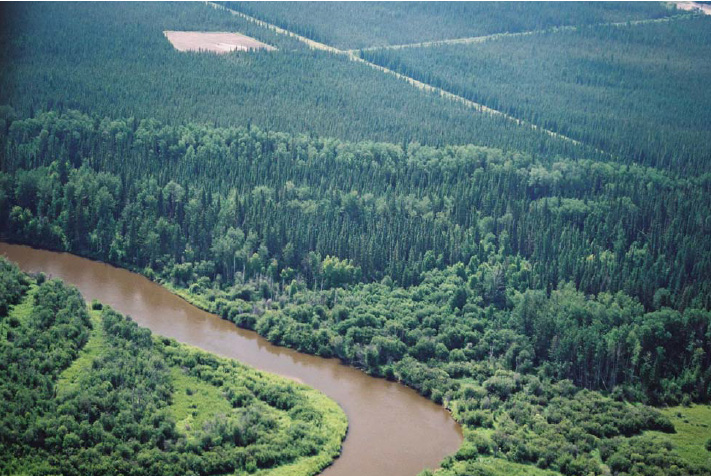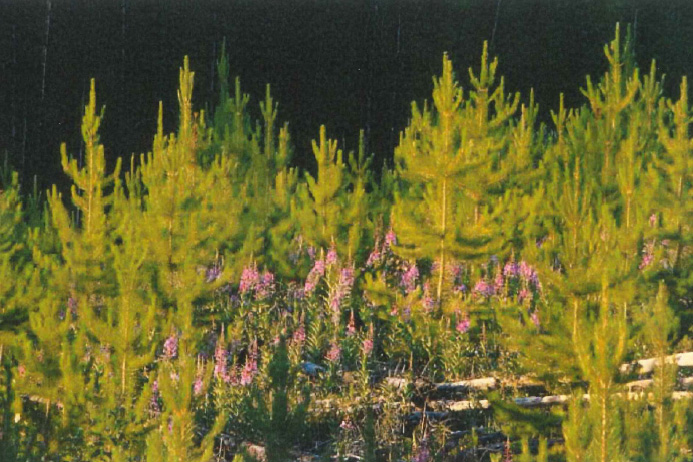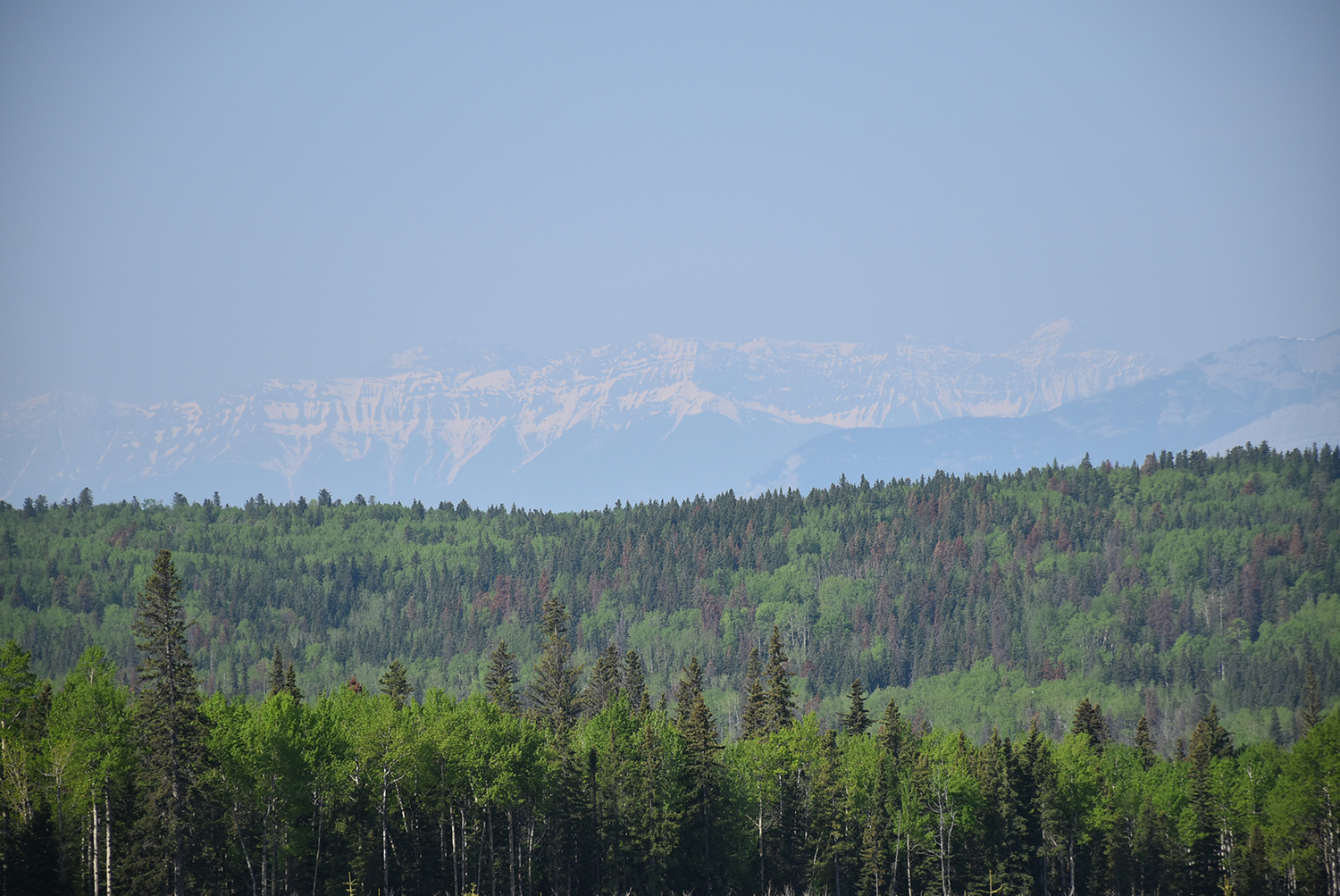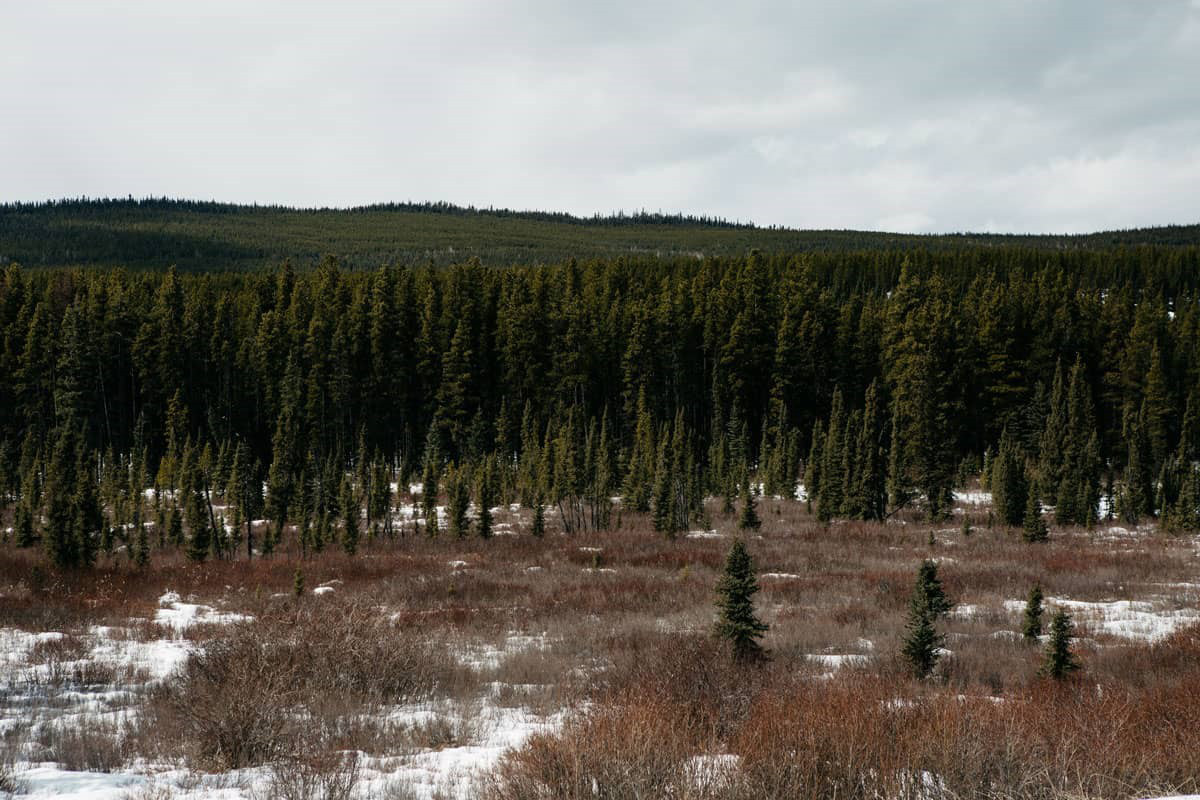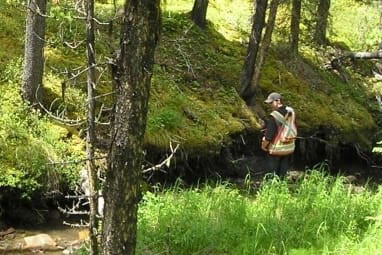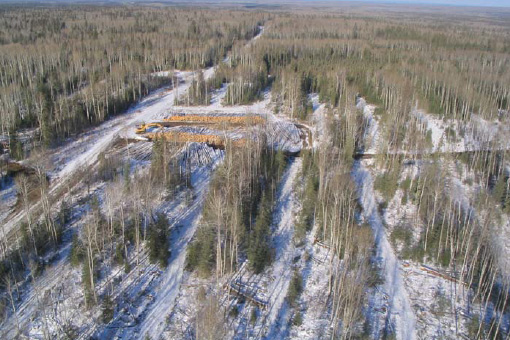This project was a spatial modelling exercise that created coarse-scale, pre-industrial landscape metrics for the Millar Western FMA area in Alberta. The primary goal was to understand if, or in what ways, the current conditions of the FMA area align with the historical, pre-industrial “natural” range. The results suggest that parts of the landscape are now beyond its historical range. More specifically, the amount of immature (40–80 years) was in many cases well beyond the upper natural range of variation (NRV) threshold, and the overall amount of both young (<40 years) and old forest was close to or beyond the lower NRV threshold.
Using black spruce dominated forest areas as a surrogate for “passive” areas, the results suggest that passive forest areas were less well aligned with NRV. More specifically, the amount of young forest was not only well below the NRV threshold, and also much lower than all other forest types.
The lack of both the old and young forest types is the greatest concern ecologically. While the ecological benefits of old forest are well known, a large number of specialized species are dependent on disturbance, creating a smaller, but unique diversity peak in biodiversity within a few years after disturbance thanks to the sudden physical, chemical, and environmental changes. Many parts of this landscape have been experiencing disturbance levels near or below the lower end of NRV for several decades, which minimizes opportunities for disturbance-specialist species.
If overall disturbance levels are not increased, the amount of older forest will continue to increase, resulting in higher risks to natural disturbance vectors such as wildfire.







